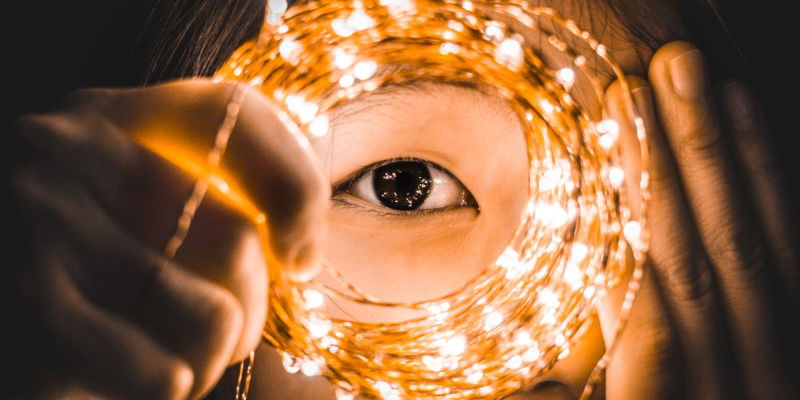Anxiety is a common mental health issue that affects millions of people around the world. It can manifest in various forms and can be triggered by different factors such as stress, trauma, or overwhelming situations. Grounding techniques are effective tools that can help manage anxiety by bringing the individual back to the present moment and reducing the intensity of anxious feelings. Here are 7 best grounding tools and techniques to manage anxiety:
1. Deep breathing: Deep breathing exercises are a simple and effective way to calm the mind and body. By taking slow, deep breaths, you can activate the body’s relaxation response and reduce anxiety symptoms. Focus on inhaling deeply through your nose, holding your breath for a few seconds, and exhaling slowly through your mouth. Repeat this process several times until you feel more relaxed.
2. Progressive muscle relaxation: Progressive muscle relaxation involves tensing and then relaxing different muscle groups in the body. This technique can help release physical tension and promote a sense of relaxation and calm. Start by tensing your muscles for a few seconds, then release and relax them. Move through each muscle group, from your toes to your head, and pay attention to how your body feels as you release tension.
3. Grounding objects: Keeping grounding objects such as a smooth stone, a stress ball, or a piece of fabric in your pocket can provide a physical anchor during moments of anxiety. Holding onto or focusing on these objects can help shift your attention away from anxious thoughts and bring you back to the present moment.
4. Mindfulness meditation: Mindfulness meditation involves paying attention to the present moment without judgment. This practice can help cultivate awareness and acceptance of your thoughts and emotions, reducing the impact of anxiety. Find a quiet space, sit comfortably, and focus on your breath or a specific sensation. When your mind wanders to anxious thoughts, gently bring your attention back to the present moment.
5. Visualization techniques: Visualization techniques involve creating a mental image of a calming and safe place. Close your eyes and imagine yourself in a peaceful environment such as a beach, forest, or garden. Focus on the sights, sounds, and sensations of this place, and allow yourself to relax and feel grounded in the present moment.
6. Grounding exercises: Grounding exercises involve using your senses to connect with your surroundings and bring yourself back to the present moment. For example, you can focus on the feeling of your feet on the ground, the sounds around you, or the taste of a piece of food. Engaging your senses can help distract from anxious thoughts and promote a sense of grounding.
7. Journaling: Journaling can be a helpful tool to process and release anxious thoughts and emotions. Write down your feelings, worries, or triggers in a journal and identify any patterns or triggers that contribute to your anxiety. By expressing your thoughts on paper, you can gain clarity and insight into your emotions and develop coping strategies to manage anxiety.
In conclusion, grounding tools and techniques can be valuable resources for managing anxiety and promoting mental well-being. By incorporating these practices into your daily routine, you can cultivate a sense of calm, presence, and resilience in the face of anxiety. Experiment with different techniques and find what works best for you to create a personalized grounding practice that supports your mental health.



